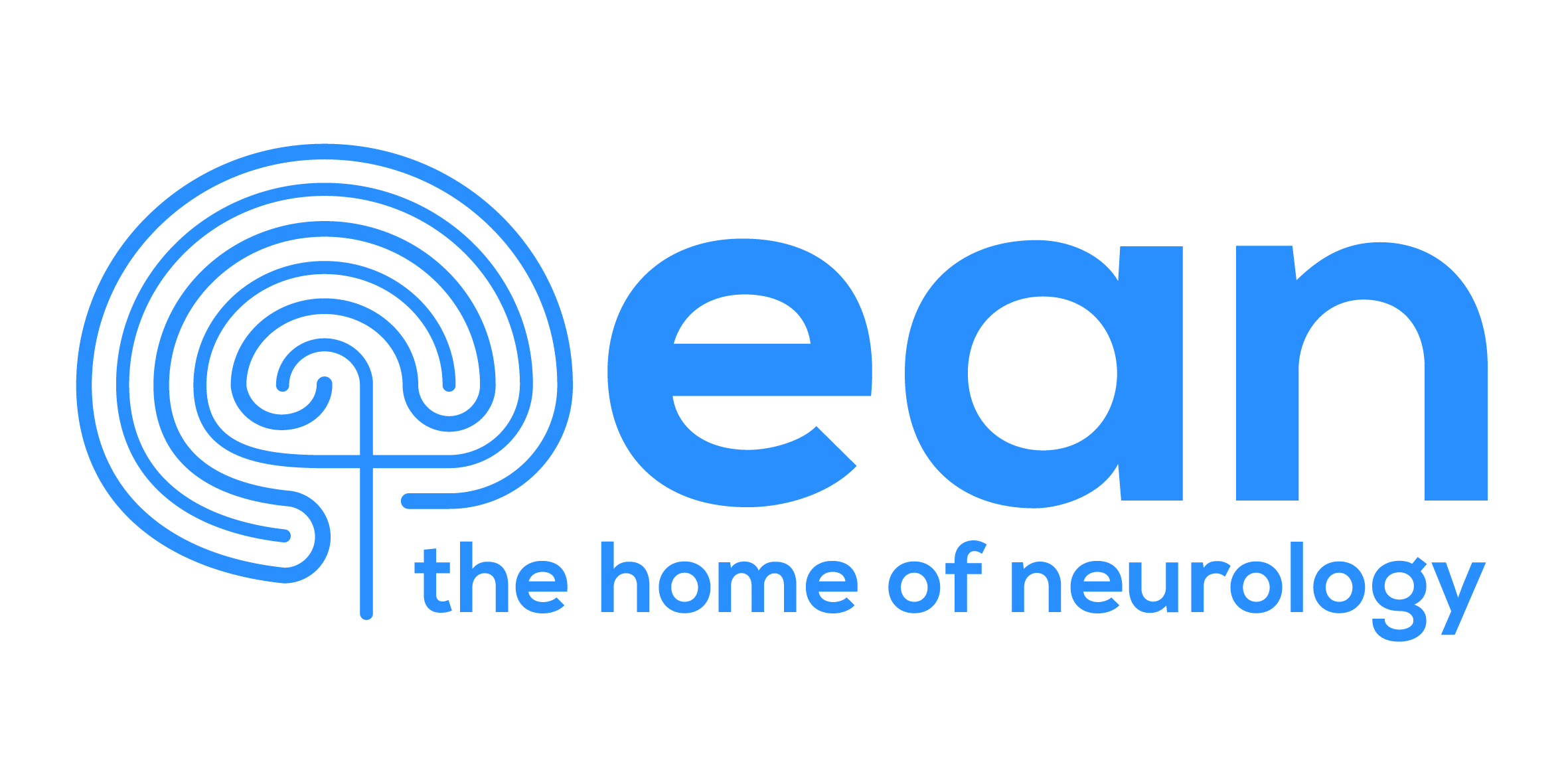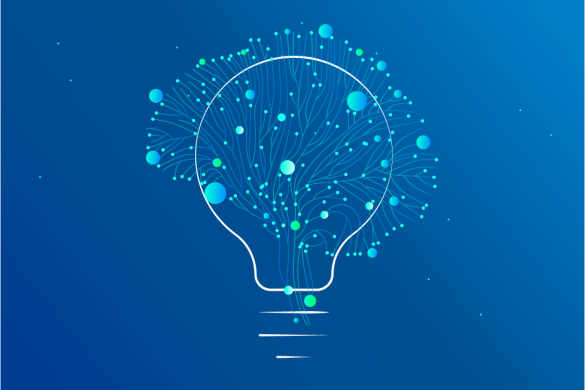Epilepsies are among the most common brain diseases of all. Epileptic seizures caused by a “short-circuit” of the brain affect or will affect 3.5% of the population at least once in life. Experts at the Congress of the European Neurological Society (ENS) in Barcelona presented an overview of the latest findings on this disease and its treatment.
Barcelona, June 2013 – Great advances have been made in recent years in epilepsy therapy but only a fraction of people suffering from epilepsy have thus far benefited from them, with a substantial variations in access to newer treatments. That is true for example of epilepsy surgery, where the area of the brain causing the seizure is removed in the case of focal epilepsies. These neurosurgical procedures conducted in specialised medical centres are applied if drugs do not lead to the desired result of permanent freedom from seizures without unacceptable side effects. “Epilepsy surgery has long been an established approach thanks to its excellent results in carefully selected patients, but many of the techniques to help identify the best candidates are available only for the tip of the iceberg in terms of the patient population”, said Dr Hannah Cock (St. George‘s University London) at the 23rd Meeting of the European Neurological Society (ENS) in Barcelona. About 3,000 experts are discussing current developments in their field at this congress right now.
One such method, an automated way of detecting scarring in a region of the brain (hippocampus) commonly associated with epilepsy suitable for surgery, is now being made freely available on-line as resource for clinicians over the world to access. Researchers from the UK will present the results from over a 1.000 scans analysed in this way, demonstrating good reliability. Dr Cock: “The new algorithm can segment patients with temporal lobe epilepsy as accurate as the time-consuming manual segmentation by human raters. As the computational technique helps localizing and identifying patients, it will also bring a bigger impact to well-established therapies and therefore a better cost effect.”
Trendy topic of microRNA
There have also been advances in the understanding of the disease. Researchers from Central South University in Changsha, China, presented a study that applied a rat model to examine the interplay of various factors involved in inflammatory processes in the hippocampus, which play a part in epilepsy. Among them is micro-RNA belonging to the miR-146a and miR-155 families as well as the immune system signal substances interleukin-1beta (IL1B) and tumour necrosis factor alpha (TNF-alpha). Dr Hannah Cock described this work as “promising basic research” and shared a prediction: “MicroRNA will be one of the hottest topics in epilepsy research this decade.”
The Chinese research showed for the first time an interactive relationship between these factors, the nature of which depends on the given phase of the epileptic disease. In the acute phase of temporal lobe epilepsy, IL1B is highest when the miR-146a expression is at its lowest. In the latent phase, exactly the opposite is true whereas in a chronic phase of the disease both are upwardly regulated. Researchers made the same observation for the interconnection between TNF-alpha and miR-155. Dr Hannah Cock: “The modulation of micro-RNA offers a completely new goal for epilepsy treatment. However, it will still be several years before these findings lead to a viable therapeutic approach.”
More attention to comorbidities
In the treatment of epilepsy, increasing attention is being paid to comorbidities in recent years, such as disorders of mood or memory, which can have drastic effects on the lives of patients over and above the direct effects of seizures. Turkish researchers from Bakirköy Clinic for Neurology and Psychiatry in Istanbul provided insights into this subject at the Barcelona meeting. They investigated the psychiatric complaints of 60 patients with two types of epilepsy – temporal lobe epilepsy and juvenile myoclonic epilepsy – and the effects these complaints had on the patients’ quality of life. The authors of the study conducted structured clinical interviews parallel to the diagnosis and there was also a control group of 30 subjects without epilepsy.
It actually turned out that 57% of the study subjects with temporal lobe epilepsy and 37% of those with juvenile myoclonic epilepsy exhibited at least one serious clinical psychiatric disorder, for example, depressive or schizophrenic episodes and panic attacks. This was the case for only 23% of those in the control group. Patients suffering from the juvenile form of the illness were more limited with regard to attentiveness and concentration whereas temporal lobe epileptics more frequently faced social isolation and exhaustion.
Dr Cock expressed special concern about the fact that epilepsy patients did not inform their physicians about the comorbidities at all unless they were expressly asked about them. “Comorbidities must be detected and treated. This is as important to improving the quality of life for people with epilepsy as optimizing seizure control. In this age of increased survival of patients with multiple health problems, at both ends of the age spectrum, physicians have to strike a careful balance between being super-specialists whilst still recognizing the importance of a holistic approach.”
Sources: ENS Abstract O270: online automated hippocampal segmentation in patients with epilepsy; ENS Abstract O348: Dynamic expression pattern of two pro-inflammatory cytokines and two inflammation-related microRNAs in mesial temporal lobe epilepsy development in the developing brain; ENS Abstract O352: A comparative study of psychiatric comorbidities in patients with mesial temporal lobe epilepsy and juvenile myoclonic epilepsy and effects on quality of life
ENS Press Office:
B&K – Bettschart&Kofler Kommunikationsberatung
Dr Birgit Kofler









